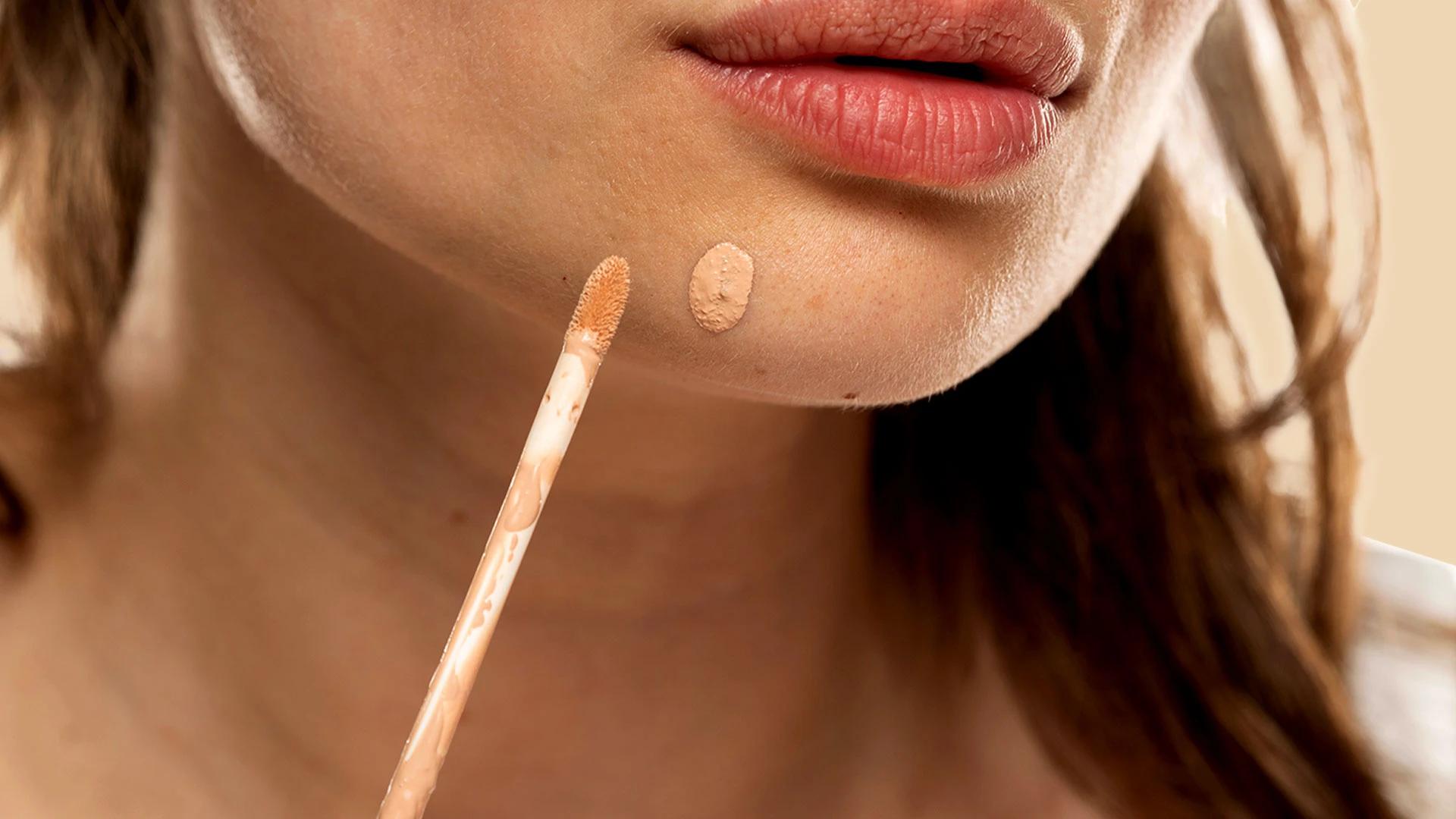Setting Powder Essentials: Your Makeup Checklist


 8g
8gTranslucent Setting Loose Powder
Setting your makeup can be a game changer. Whether you’re chasing a flawless, shine-free finish or simply want your look to last, a good setting powder might just become your new fave. This checklist is here to help you navigate the myriad of options available. We'll break down the basics, from understanding what setting powder is to exploring different types like translucent powder and pressed powder. Let's simplify the choices so your makeup routine stays effortless and fun. Think of this as a friendly guide to ensure your makeup stays put, controls oil, and leaves you with a polished, professional finish.
What is Setting Powder? Setting powder is designed to lock your foundation and concealer in place. It helps achieve long-lasting makeup and a smooth, flush finish. This essential makeup setting product often comes in two forms: loose powder and pressed powder. Loose powder provides a lightweight, natural look, often as translucent powder, while pressed powder is compact, making it perfect for touch-ups on the go. Across the board, it delivers benefits like oil control powder performance and a finish that supports that matte finish makeup look.
Why Setting Powder is Essential
Let’s simplify your selection with a closer look at the different types of setting powders, so you can decide what’s best for your skin and lifestyle. It helps to be aware of the differences between loose powder and pressed powder. Loose powder is light and ideal for a baking technique or an all-over finish, while pressed powder is perfect to carry around for quick fixes during the day.
 28gm
28gmBake It Away Translucent Loose Powder
Loose Powder: Loved for its airy texture, loose powder often doubles as a translucent powder that leaves your makeup looking natural.
Pressed Powder: This compact version is super convenient for on-the-go touch-ups. It helps keep your look on point without weighing your makeup down.
Translucent Powder: A universal shade that works for all skin tones. It’s effective in delivering that shine-free makeup finish without altering your foundation’s colour.
Tinted Powder: Offers a little extra coverage if you’re looking for colour correction along with setting.
If you have oily skin, a setting powder for oily skin that focuses on oil control powder can really make a difference. For those with dry skin, there are hydrating formulas available that are less likely to accentuate any dry patches or create a cakey texture.
 15g
15gHD Setting Loose Powder
Keeping it simple is key. Here’s your checklist to ensure you pick the perfect setting powder for your makeup needs:
Now that you’ve got your perfect powder, here’s how to use it like your kind of pick. Getting it right is all about a good routine and the right tools.
Let’s be real: understanding the difference between setting powder and makeup finishing powder can clear up a lot of confusion. Setting powder is all about locking your foundation and concealer in place while controlling shine. It’s applied right after your base makeup. On the other hand, makeup finishing powder is used as the final touch, blending everything together to blur imperfections and give your look a soft-focus finish.
 8 gm
8 gmSwiss Beauty Select Focus FX Translucent Powder with Photochromic Technology
Not every skin type might enjoy the benefits of a setting powder. For instance, individuals with extremely dry or flaky skin might find that it emphasises texture rather than smoothing it out. If your skin tends to be sensitive, you might want to steer clear of formulas that contain harsh chemicals or heavy fragrances. In such cases, hydrating sprays or lighter, moisturizing powders could be your go-to for a fresher look.
Setting powder is used to secure your foundation and concealer. It controls oil and helps give you that long-lasting makeup powder finish, keeping your look flawless throughout the day.
Setting powder is applied right after your base makeup to lock in your look and control shine. In contrast, makeup finishing powder is used at the very end to blur any imperfections, creating a smooth, polished finish.
If you have extremely dry or sensitive skin, you might want to avoid more traditional formulas. Instead, experiment with hydrating or lightweight powders to keep your skin comfortable and your makeup looking natural.
Choosing the right setting powder is all about matching the product to your skin type and desired finish. Whether you're a fan of loose powder for that natural translucent powder look or prefer the convenience of pressed powder for quick touch-ups, this checklist is here to make your decision easy. Remember, it’s all about keeping your makeup long-lasting and your skin looking fresh. So, trial without the drama and find your next fave that makes your routine effortless and fun. Try It All and let your makeup always shine in all the right ways!